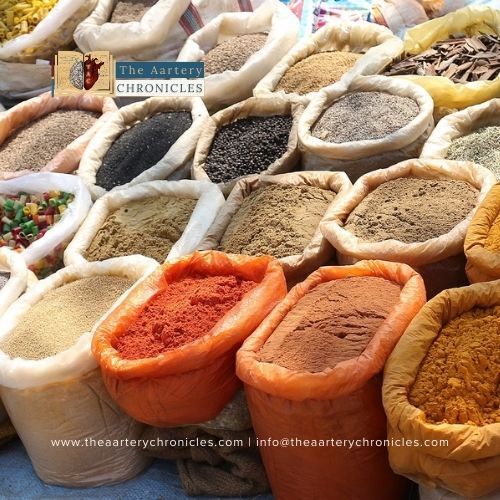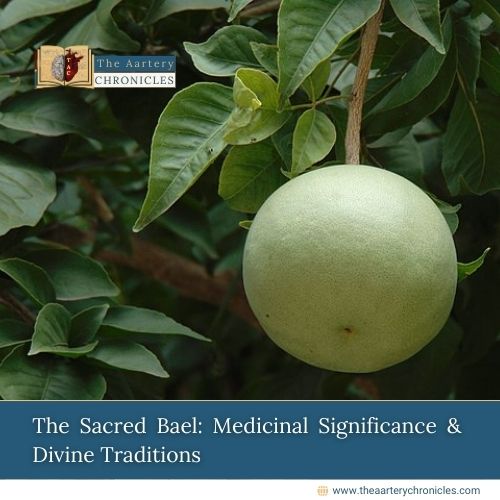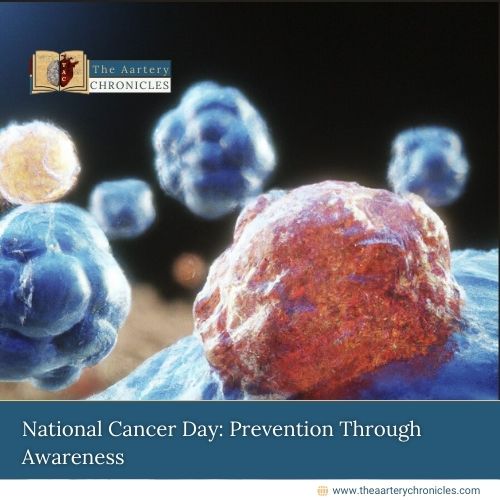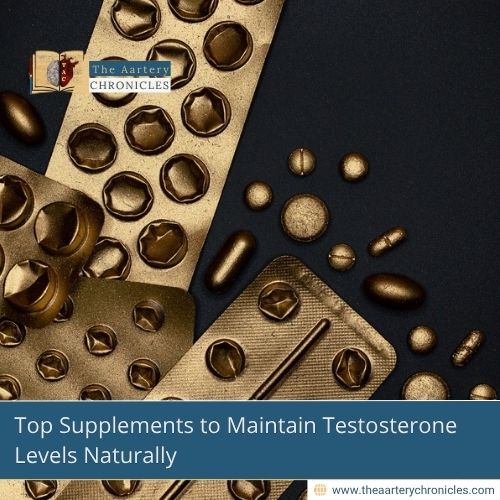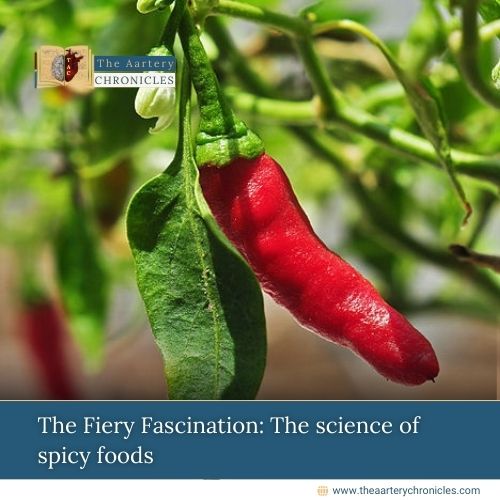

The Fiery Fascination: The science of spicy foods
Introduction
Uniquely humans are the only species that voluntarily choose to eat food that causes them a great deal of discomfort, burning, and even pain. Spicy food enthusiasts can tolerate and enjoy crazy amounts of spice, the theories for this include the release of dopamine and endorphins, evolutionary benefits to surviving hot climates, individual personality traits that may consist of risk-taking and sensation-seeking characters, etc. The preference for spicy foods highly depends on culture, past experiences, and genetic predispositions.
These days, spicy food challenges have become insanely popular across the internet and social media platforms. There are numerous videos where people eat foods with massive amounts of spice, some examples include a variety of spicy ramen challenges, Jolo, and one-chip challenges, etc. And as a reward, they get video clicks, the ability to boast, and maybe a burned esophagus. Recently, Buldak ramen, a Korean range of instant noodles was banned in Denmark for being dangerously spicy.
The culprit that makes the food spicy
Chilli peppers are spicy because of the chemical called capsaicin. The hotness depends on the amount of capsaicin in the food. Scoville heat unit (SHU) is used to measure the amount of capsaicin present in the food.
Capsaicin gets released as a fine spray after biting into the food triggering heat receptors. Capsaicin binds to the TRPV1 protein associated with the sensation ability of high temperatures. TRPV1 is present in the sensory nerve membranes, especially in the digestive system.
Because of capsaicin, the TRPV1 gets triggered at low temperatures causing a burning reaction. This initiates an inflammatory reaction like actual burns causing sweating, discomfort, and swelling.
Effects of eating spicy foods
While there can be some benefits of eating spicy foods including skin health, gut health, and digestive and stomach health, etc. However, eating extremely spicy foods can be risky if consumed in excess.
There are increased chances of getting sick from eating spicy food in cases of:
- Gastrointestinal issue (GI)
- Genetically high capsaicin sensitivity
- Eating food that has capsaicin in extremely high amounts
- The individual is not used to eating spicy foods
Spice can cause internal discomfort, pain, and irritation. And body considers capsaicin to be a toxin hence it tries to flush it out. Which may result in:
- Burning diarrhea
- Headache
- Vomiting
- Abdominal pain
- Pain in the chest
- Chest burning
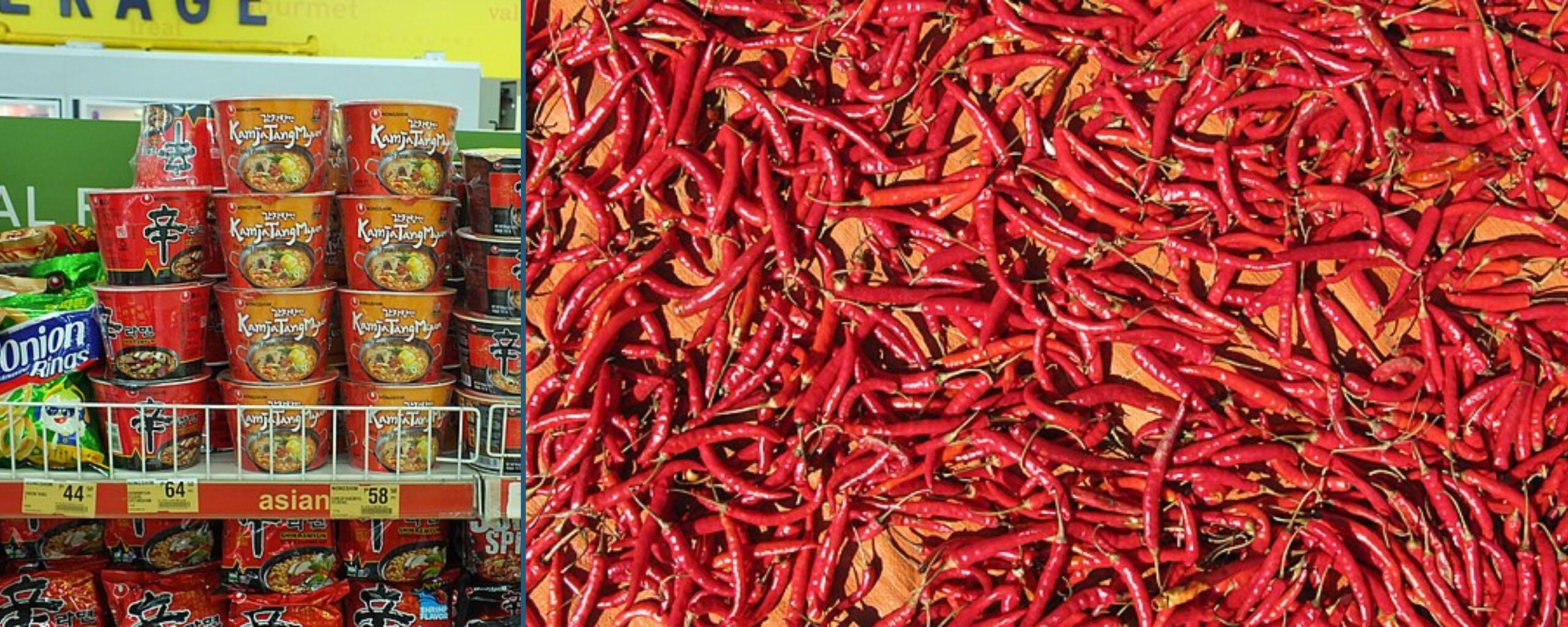
Some tremendously spicy foods can cause severe physical damage resulting in chronic pain that may require emergency care. The throat and esophagus can get affected by the gastric acid from the vomiting causing a burning feeling.
Contrary to popular belief spicy foods do not cause ulcers, however, it has been noted that spicy foods can instigate gastrointestinal issues in case of frequent consumption, particularly in people with indigestion, or dyspepsia. Studies mention the association of IBS in 92% of individuals who consume spicy foods more than 10 times a week.
How to alleviate spicy food reactions
Due to the burning we mostly reach for water; however, it does not work because capsaicin is an oil-based chemical hence it may not help in reducing the burning sensation. According to the experts, sipping on lemonade and cold milk can help. Also, foods like bread, honey, and yogurt can alleviate the burning sensation.
Individuals with digestive issues, indigestion, and inflammatory bowel disease (IBD) must avoid eating spicy foods. Also, individuals who are not used to spicy foods must practice caution while indulging in spicy foods. Spicy foods can be healthy in moderation but they can prove to be fatal if consumed in excess.

Sanika Pande
- Medicine and Diseases
- Nutrition and Diet










